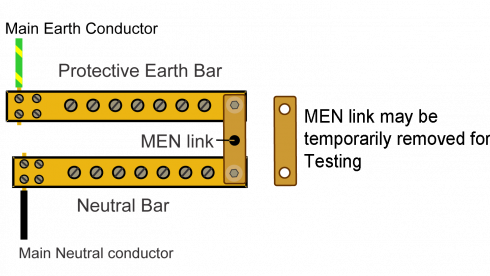Is this high-risk work, and do I need an inspection?
Find out if your electrical work is high risk and in need of an inspection.
- Safe Work
Overview
To know whether work is high risk, you first need to understand the three risk categories:
1. Low-risk (Inspection not required)
Replacement for repair or maintenance of a fitting in an existing installation.
Replacement for repair or maintenance work, for example: could be the replacement of a light switch or power outlet or RCD or a “burnt out” existing mains entry box.
You are restoring or maintaining the fittings and installation, to its original condition, not extending or installing new circuits or fittings to those circuits.
2. General PEW (Inspection not required)
This is generally installation work (new, additions, alterations, rewires, new and extended circuits), but is not high risk or low risk.
3. High-risk (This all requires inspection see reg 70)
High-risk work is well explained in Regulation 6A(external link) and includes mains work, PV photovoltaic, medical, hazardous, mining and a number of other specialist area.
Solar photovoltaic (PV) systems is specialist high-risk work requiring inspection
The installation of solar photovoltaic (PV) systems is becoming more common and will continue to increase. All electrical practitioners must be aware this is high-risk work and should be carried out in strict accordance with AS/NZS 5033:2012 + amendments. This work must be inspected prior to energising.
Mains work is high-risk
Mains work(external link) is to do with:
- work on installing and connecting mains, including connecting mains at a MEN switchboard
- work on main earthing and connections to main neutral, and includes:
- installing and connecting the main earth lead to earth bar and electrode
- connections between main earth and neutral made by the MEN link
- on a new installation job, all mains work requires inspection.
Replacement for repair and maintenance on mains work fittings (that does not require inspection)
If you are repairing or replacing fittings on existing mains work because they have been damaged or are faulty, then, although this is defined as mains work, it is classed as low-risk and does not require inspection. This is because the work is done for maintenance or repair reasons.
Examples include:
- the mains entry point
- main switch or fuse
- earth electrode and connections
- repaired a fault in the mains cable.
Upgrading or relocating a MEN switchboard
If you are installing a higher capacity board to cater for increased usage of an installation, then this is an alteration and classed high-risk work and needs to be inspected.
If you are relocating the board and this involves extension or jointing, or rerouting of existing mains, then this is high-risk work and needs to be inspected.
In all other cases, if you have any doubt it is strongly recommend you have the work inspected.
Electricians should have a good understanding of:
- what is defined in the regulations as mains work
- be aware that it covers more than just work on the installations main supply conductors or consumer’s mains supply conductors
- the need for inspection of this work, which means it needs to be planned for inspections appropriately.
*Unless the main earthing system is located downstream from the main MEN Switchboard.



